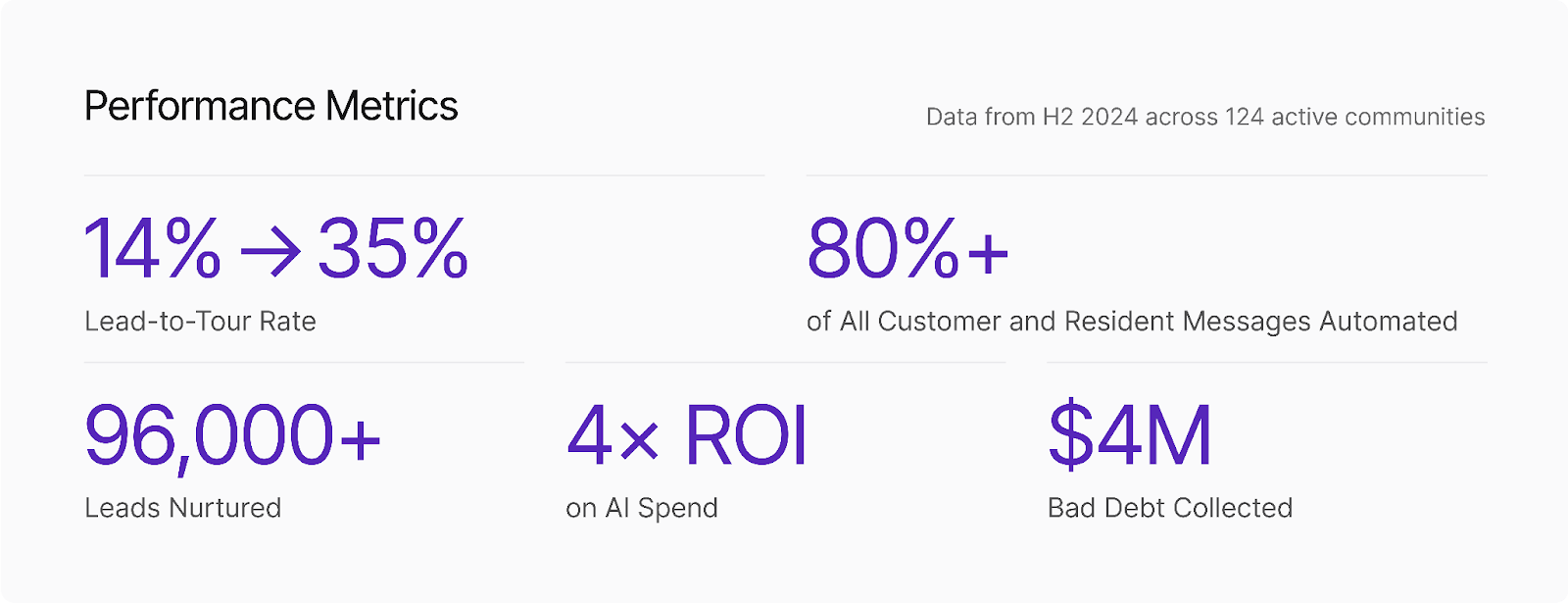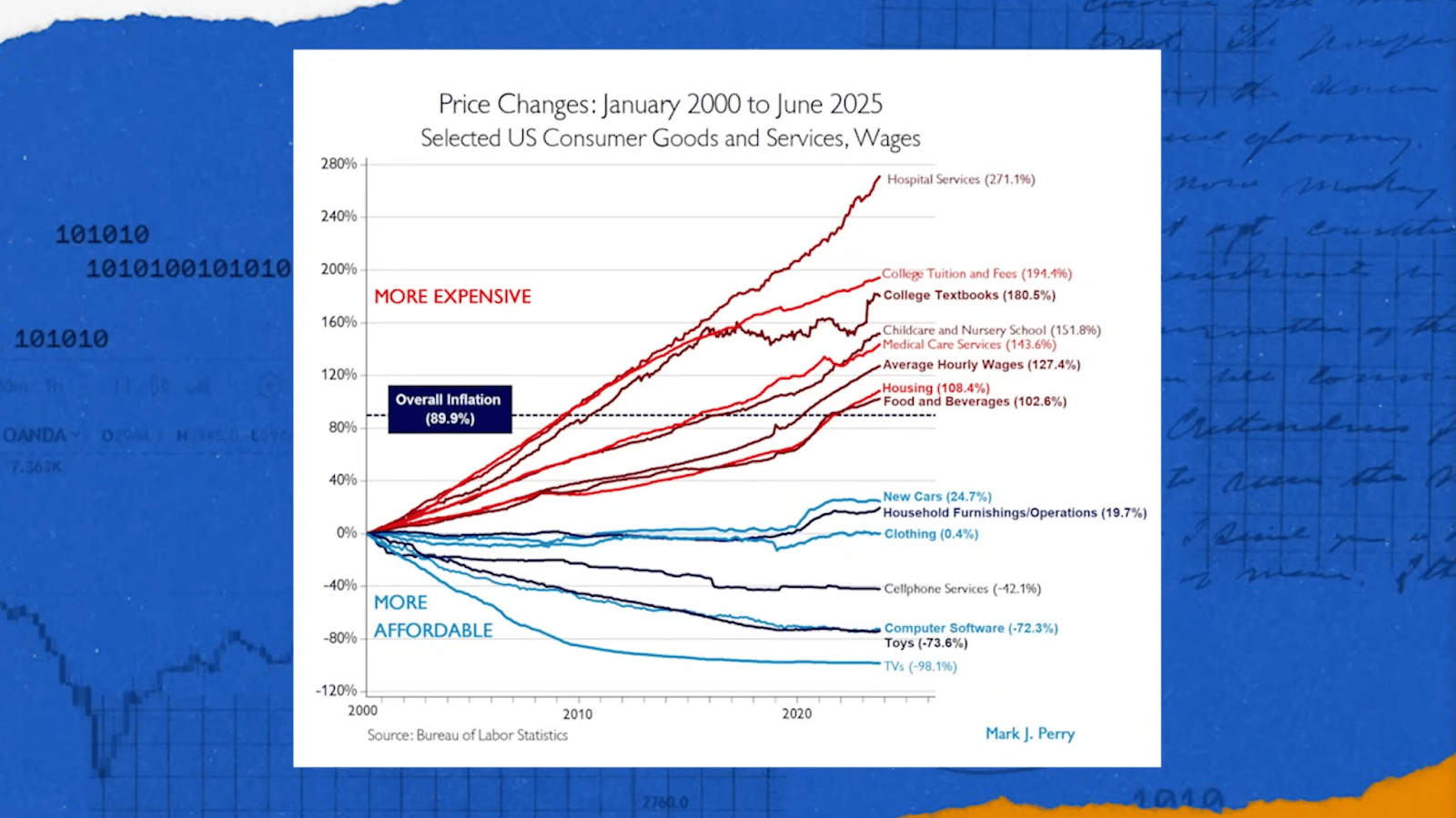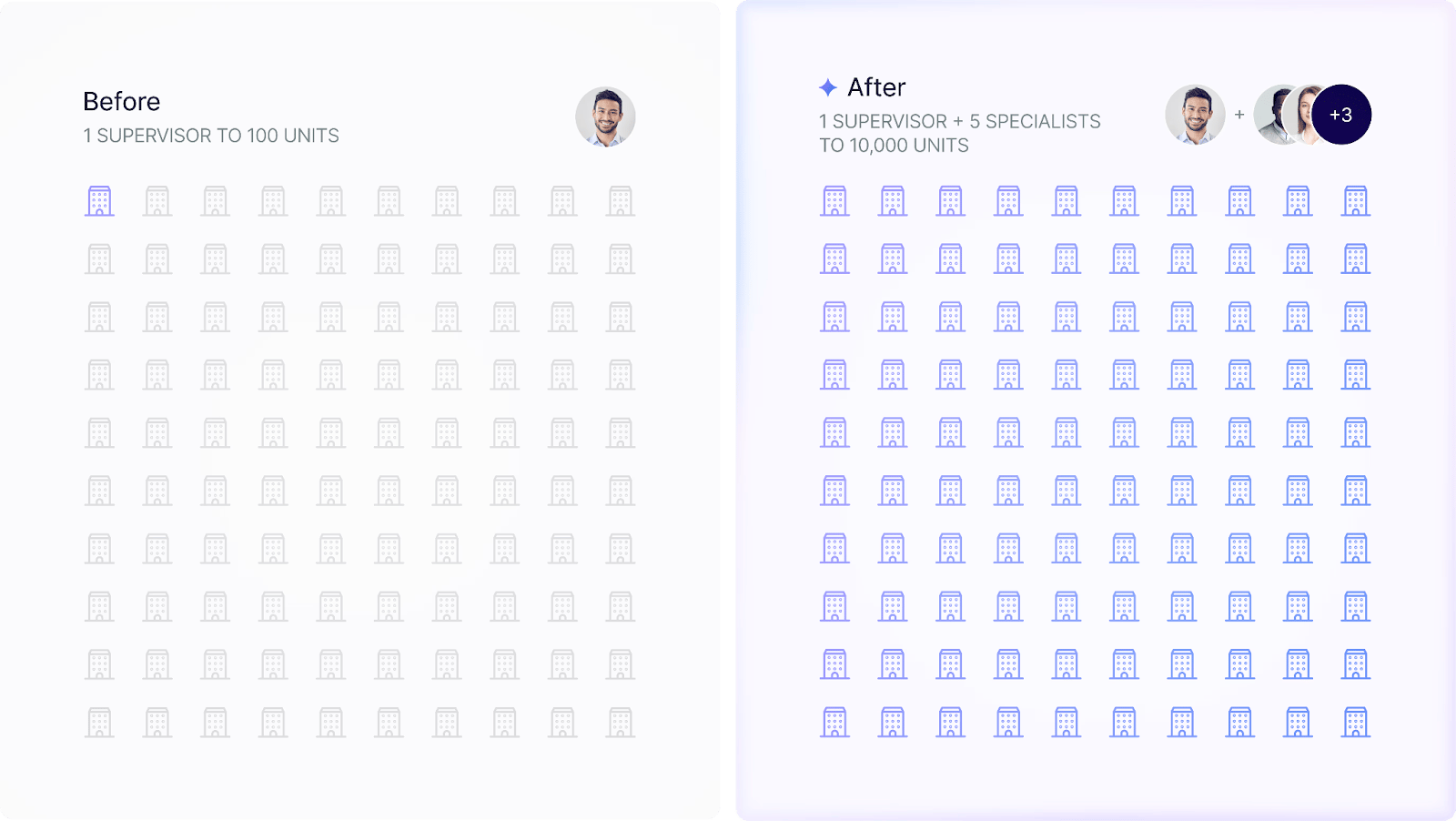- Network Effects
- Posts
- Elise AI: Revolutionizing Property Management
Elise AI: Revolutionizing Property Management
Evidence-based GTM Approach in Property Management
Welcome to the 29th Network Effects Newsletter
Elise AI has emerged as one of the fastest-growing vertical AI companies, with its latest $250M Series E valuing the company at $2.2B.
At its core, Elise uses omni-channel AI to automate labour-intensive processes in property management and healthcare. The opportunity is massive: housing and healthcare together represent ~42% of household spend and nearly 40% of U.S. GDP, yet both remain stuck with legacy systems and manual workflows.
In this issue, we'll uncover the operational impact Elise AI has on its customers to demystify the claims around Vertical AI being in a bubble.
Let’s dive in.
About Elise AI
In 2017, Minna Song had observed that, despite Housing and healthcare combined making up about 42% of a typical household's expenses and roughly 40% of the entire US GDP, they operate with legacy technology solutions where most processes remain manual in nature.
In the beginning, Elise started with a simple wedge: LeaseAI, an after-hours AI agent that could handle inquiries, schedule tours, and nurture leads. In the environment where almost half of rental inquiries often go unanswered, the production has gotten a lot of traction and positive feedback from initial customers.
Today, they have expanded into a multi-product platform, for all property management needs across the residential lifecycle, including:
LeasingAI: Automating prospect communication, tour scheduling, and lead conversion 24/7/365.
ResidentAI: Handling all resident communication, including maintenance requests, renewals, and delinquencies.
EliseCRM: A centralized hub for all prospect and resident information, workflows, and reporting, designed specifically for AI-driven operations
Centralization Approach - Indicating Transformation Needs
The biggest hurdle in property management isn’t the technology; it’s the organizational design. Properties are typically run as isolated P&Ls. This decentralized structure kills the ROI case for large-scale tech adoption. It creates organizational inertia, a structural inefficiency that makes it difficult to implement and track the benefits of a platform like Elise.
For EliseAI to thrive in the property management sector, one of the key requirements is a shift in its operating model from decentralization to centralization. Therefore, Elise can integrate with a centralized leasing office and access all community data and resources from a single location. Some of the key features of a centralized office include:
Centralize Staffing & Operations
Tech Consolidation
Efficient Task Routing
Specialized Teams
Unified Communication
While the structural shift adds tremendous friction to the sales cycle, EliseAI has proven that its platform can deliver enough economic value to overcome buyer resistance

Source: EliseAI
Quantifiable Benefits from Elise AI
Many people wondered if AI in the applications layer is just a bubble ready to burst; this section will prove you otherwise. EliseAI is revolutionizing property management, and here are some of the snippets on how they are doing it
Lead-to-Tour Conversion: Increased from 14% → 35% with 24/7 engagement.
Resident Satisfaction: 85% of operators report improvements; ⅓ call them “significant.”
Maintenance Resolution: 76% report faster response times with automated triage.
Retention: 77% of operators see improved resident retention, reducing costly turnover.
Collections: Delinquency rates trimmed from 2.45% → 2.06%, boosting cash flow.
As a result, properties can materially boost Net Operating Income (NOI) by:
Driving labour cost savings through centralized operations
Lifting occupancy via higher retention and faster lease-up cycles
Reducing general expenses with automated maintenance and automated processes

Ecosystem Expansion Potential
As Elise continues to expand in property management, it has also created a channel for them to interface with other downstream stakeholders in the real estate ecosystem.
Asset owners, owners of these properties
Elise is expanding its offerings to asset owners with dedicated portfolio management and payment collection capabilities, focusing on financial performance rather than operating performance. In many ways, this GTM approach is similar to Carta’s fund administration offerings.
Carta | Elise AI |
Startups adopting Carta for CapTable solutions, which draw Venture Funds to adopt the administration platform | Property managers adopting EliseAI as their platform solution, going from a wedge solution to a multi-product platform |
Approach private equity for fund administration solutions, then cross-sell CapTable solutions to all their portcos | Approach Asset owners for performance and margin optimization opportunities, then apply the platform to all their portcos |
Maintenance Service Providers & Suppliers
Elise launched Maintenance App to better manage work order processes and property maintenance, as they represent roughly 15-30% of the annual budget. There are opportunities for them to expand and own the processes with procurement services and equipment purchases, to enhance their stickiness with the property managers.
For example, in our case study with CCC Intelligence Solutions, they were an auto-insurer platform which has expanded to auto shops & autoshop suppliers, as they are the primary recipients of the insurance claims. EliseAI can build solutions for downstream stakeholders of property managers, i.e., maintenance service providers and suppliers.
Conclusion
Product-led sales is unusual for Vertical AI as the purchasing process involves structural transformation (e.g., establishing VP Centralization). Most enterprise customers require a structural transformation post-sale to unlock the economic value. This is a multi-month, high-touch engagement, but for a market that yields billions in efficiency gains, that friction is a necessary cost of doing business.
Customer success will become a foundational capability for any enterprise Vertical AI company because, in many cases, Vertical AI solves both technology and organizational issues at the same time.
If you found this valuable, consider sharing with a colleague or founder in vertical SaaS.
Have a product or case study worth profiling?
→ Reply to this email or reach out at [email protected]
Resources

